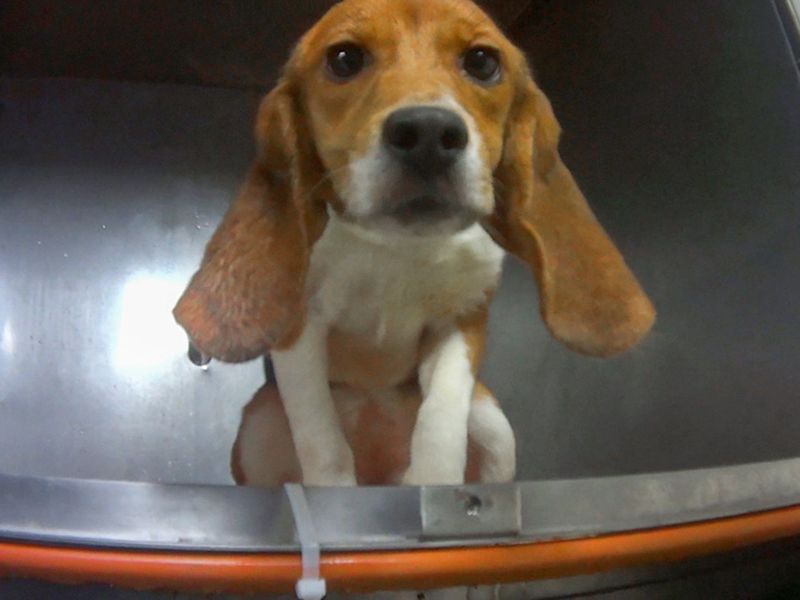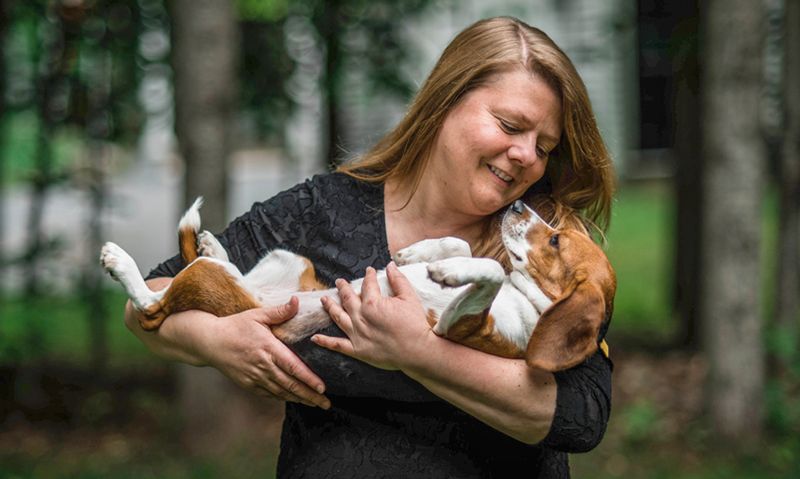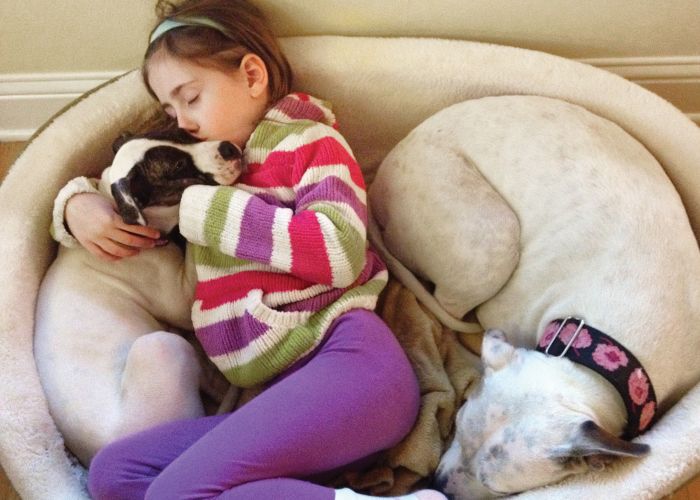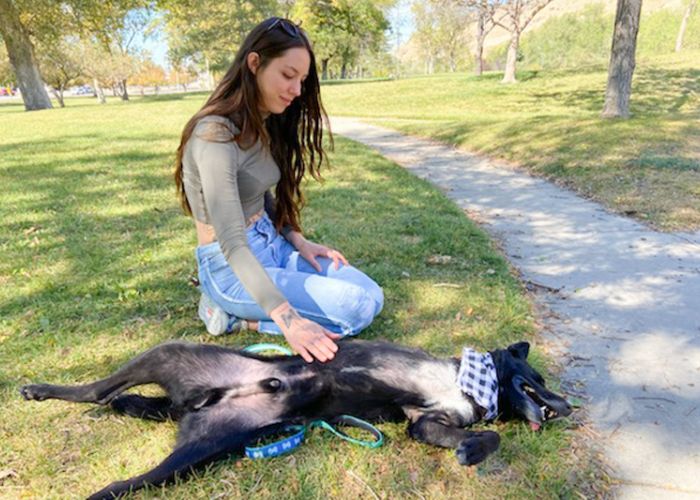Life beyond the laboratory
Michigan dogs blossom following release from testing facility

To see Teddy and Millie now—playful and friendly, outgoing and affectionate— you’d never guess what they’ve endured in their short lives. As part of an unnecessary test commissioned by Dow AgroSciences (now Corteva Agriscience), the beagles were force-fed a pesticide every day for more than seven months at a laboratory in Michigan.
When Humane World for Animals released footage from its undercover investigation in March, more than 500,000 people signed a petition calling for the dogs’ release. Corteva announced a week later it had ended the test and later released the surviving 32 dogs to Michigan Humane Society, a Humane World for Animals shelter and rescue partner.

“Shelters can play a very important role by collaborating with research facilities and companies to take in dogs and cats from laboratories after their use in research and testing and work to get them into homes of loving families,” says Kathleen Conlee, vice president of animal research issues at Humane World for Animals. Michigan Humane worked with Corteva and carried out proper behavioral and veterinary assessments to find the right match for each beagle.
Shelters can also push for laws that require former laboratory dogs and cats to be given a shot at adoption, Conlee says, and can work to stop such outdated practices as the sale or transfer of dogs and cats from shelters to research laboratories.
More than 800 people applied to adopt one of the beagles, and Teddy and Millie were among the first to find the homes they deserve. Here are their stories:


Teddy
Exactly eight minutes after Michigan Humane Society posted on Facebook that it was accepting adoption applications for the beagles, Greta Guest and husband Dave Rubello submitted theirs. A few days later, they got the call.
“I really felt like I had won the lottery,” Guest says. Teddy likely feels that way, too.
In his new home, he has tennis balls to chase, squishy toys to squeak, his own cozy bed, plenty of yummy treats and fellow beagle Cleo to show him the delights of being a dog. His first time off-leash in the family’s backyard, for example, he seemed unsure of what to do, Rubello remembers. Eventually, he began to tentatively follow Cleo around, doing everything she did.
Other aspects of life outside the lab were a bit easier to navigate, Rubello adds: “It didn’t take him long to figure out how comfortable a couch is.”
Teddy and his family recently traveled to the state capitol to support a bill that would require laboratories to release dogs and cats to shelters for adoption after testing is complete. Teddy is proof that former lab animals can lead happy, normal lives, Guest says.
“I expected him to be more frightened of humans …” she says. “But he is just so happy to be free and has a great capacity for forgiveness and love.”

Millie
It didn’t take Millie long to adjust to life outside the lab. In fact, she hit the ground sniffing. “Nose to the ground—constantly!” says Tammera Roeske, who was over the moon when she got the call that her family had been selected to adopt one of the beagles. “She is brave and inquisitive and loves exploring all situations.”
Just shy of 2 years old, Millie has added new energy to the household, which already included 13-year-old dogs Buddy and Mya. And just like a little sibling, she has a knack for enticing the older dogs to play. “She bounces and pounces all over, encouraging them to chase her,” Roeske says.
Her outgoing nature also makes her an excellent ambassador for dogs like her. People are shocked to hear Millie’s story, Roeske says, and are horrified to learn that more than 60,000 dogs are used in research and testing in the U.S. each year. (Humane World works to advance non-animal alternatives and fights to end unnecessary tests. Learn more at humaneworld.org/enddogtesting.)
“People go out of their way to thank us for giving Millie such a loving home,” Roeske says, “but we truly are the lucky ones to have the opportunity to bond with such a special little girl.”







